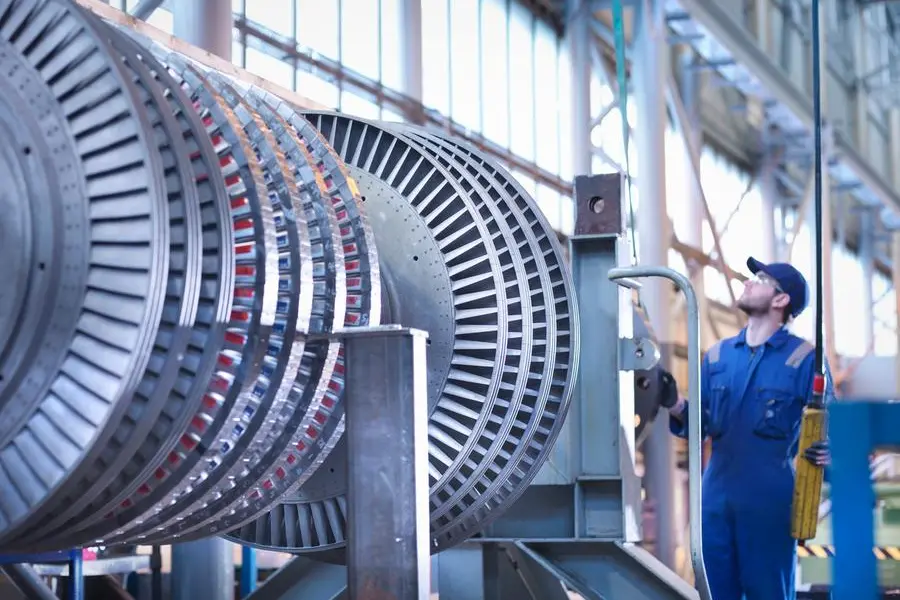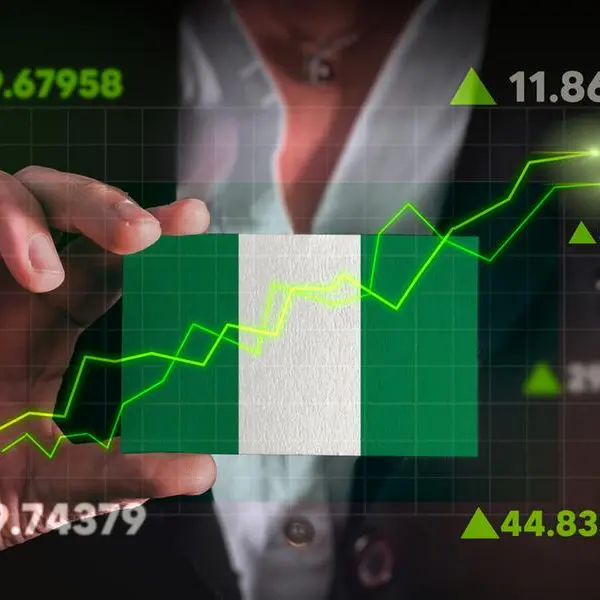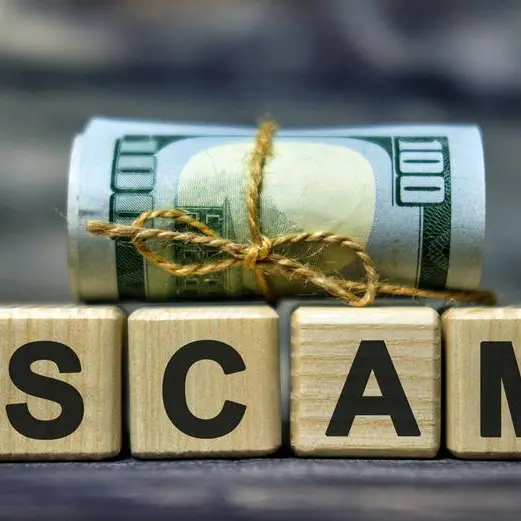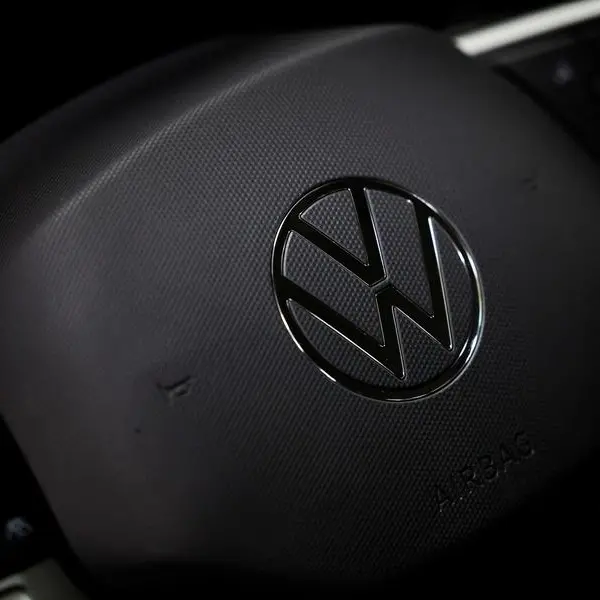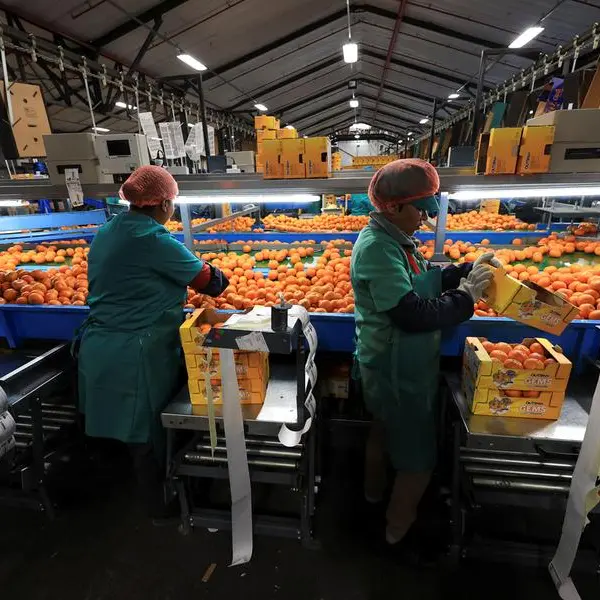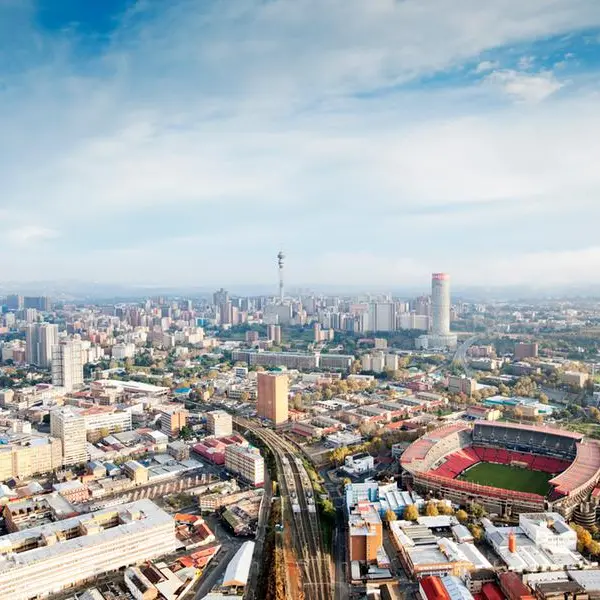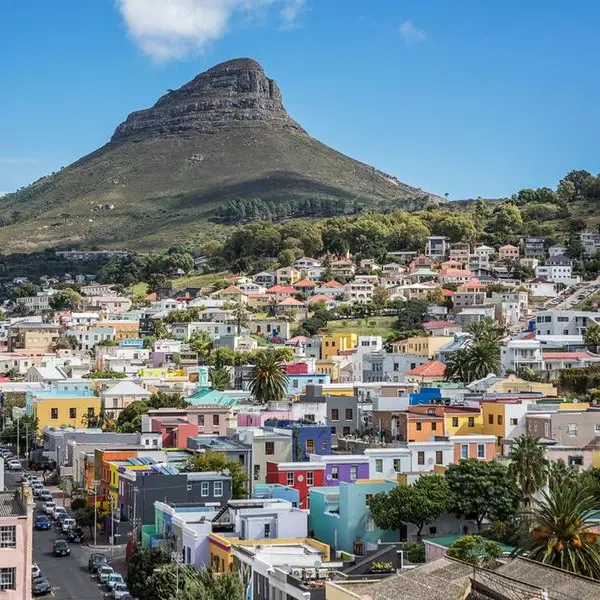PHOTO
Image used for illustrative purpose. Getty Images
Ben Rafemoyo, the chief executive of Zesa said the utility would raise the funds through tariffs, international agencies and independent power producers.
“There has been renewed excitement out there and investors have told us that they are willing to come in … it’s just a matter of time, but of course the financial crisis has created an additional challenge,” he told Reuters in an interview.
Zimbabwe’s unity government of President Robert Mugabe and his main political rival Morgan Tsvangirai formed in February has ended a political crisis and increased investor interest.
Zesa wants to expand power supply by adding 7,500 megawatts from the 1,000 MW it produces to meet its own needs as well as those in the wider southern African region. Its peak demand is about 2,200 MW, forcing the country to import from neighbours.
Rafemoyo said Zesa will need $70 million this year to rehabilitate the existing Hwange thermal power plant. The first phase of the project will be completed by June, expanding the plant’s 215 MW capacity by an additional 400 MW.
The utility plans to bring the plant to its design capacity of 780 MW by the end of the year, Rafemoyo said.
The utility also plans to add two more generation units at the plant, adding 300 MW each, and to expand its Kariba hydro power plant with two generators, adding 150 MW each by 2012 at a total cost of of $800 million.
“These are quick deliverables because some of the infrastructure is there already … three years should be enough,” Rafemoyo said.
Zesa is seeking an independent power producer to develop its Gokwe North power plant to produce 1,400 MW at a cost of $1.6 billion. The utility signed a deal with a potential investor in 2007, but progress was hindered by the political crisis.
“In the next two months we plan to decide on how to move with that project,” he said.
The country’s Lupane Gas project would be an additional greenfield project, adding 300 MW to the grid at a cost of around $300 million.
Zesa also hopes to jointly with Zambia develop the Batoka power plant, a project estimated to cost $1.8 billion.
“The discussions between the two governments are ongoing … the plant could generate 1,600 MW to be shared between the two countries,” he said.
Zimbabwe has approached the Southern African Power Pool to help promote all the projects as regional ones to speed them up.
“The projects, if implemented, would leave a lot of excess power for export which the region can benefit from,” he said.
He said Zesa was in talks with South Africa’s utility Eskom [ESCJ.UL] to partner in the projects.
© Copyright The Zimbabwean. All rights reserved. Provided by SyndiGate Media Inc. (Syndigate.info).
